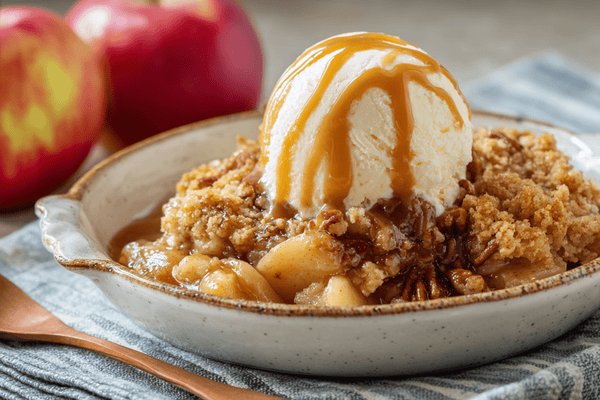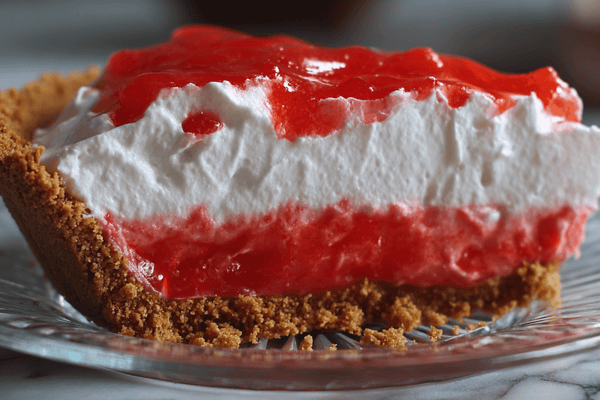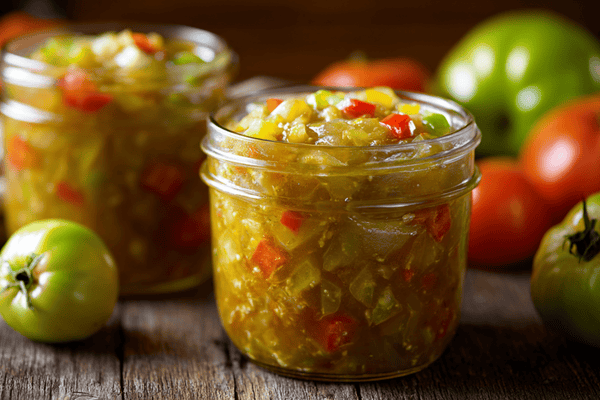 When you think about Japanese knives, you think of something that is razor sharp and super efficient. But how do Japanese knife makers get the blades so sharp in the first place and how can you maintain it?
When you think about Japanese knives, you think of something that is razor sharp and super efficient. But how do Japanese knife makers get the blades so sharp in the first place and how can you maintain it?The secret is the honbazuke method which comes from Japanese sword making and is used to hone knives to keep them performing at their very best. But what does this method involve and what are its benefits?
The honbazuke method is a three-step process for getting the cutting edge of a blade beyond sharp!
In this guide, we’ll look at where this method came from, how to do it and why it’s such a popular method among knife makers and professionals.
Table of contents
The Honzabuke Method Explained
When you think about keeping your knives sharp, you probably think about well, sharpening them! While this is important, honing your knives is just as essential in keeping them well-maintained and performing at their best. That’s where the honbazuke method comes in and it is a method of honing knife blades with three crucial steps.What’s amazing about the honbazuke method is that it dates back centuries but also includes a lot of modern aspects so you’ve got a method that combines the very best of ancient art and modern technology to achieve an unparalleled sharp edge.
Now, we’ve just told you that this method involves three steps, and in practice it does. But in theory, there are four stages of which the final step (or rather first) step and is the actual creation of the blade. We’re including this in our explanation because the honbazuke method is one used by knife makers when the knives are initially forged. So, naturally, the process begins with forging and beating the blade.
After this, the knife maker moves on to the three honing steps that create the super sharp knife's edge. The first step is to coarsely grind the metal, it is then sharpened and the last step is polishing for a very fine, sharp knife.

During the first stage, the knife maker would typically use a vertical rotating sharpening stone. This removes any excess steel and allows the knife maker to create the blade angle. After this, they will move on to step two which involves the use of a horizontal stone (also rotating) and this allows the person to set the precise angle depending on how the knife will be used.
Finally, the knife maker takes a leather stropping block which they use to polish the blade and give it that extremely sharp finish that we have come to expect of a Japanese blade.
If you are looking for a sharpening method that will give you a superior edge and a much more precise cut then the honbazuke sharpening technique is something well worth considering. What’s more, it’s almost always favoured for high-performance Japanese blades but you can use it on other blades if they haven’t already been honed.
How to Perform the Three Step Honzabuke Method
When you buy a factory-sharpened blade, it might perform reasonably well but it’s never going to match up to the performance of a blade that’s undergone the honbazuke method. If you look up the translation of honbazuke, you’ll see that it means with authenticity; at least that’s about as close to English as you’ll get.But what we can take from this is that Japanese knife artisans use it to bring out the true potential of the blade edge, resulting in something far superior in terms of both sharpness and performance.
If you are a professional chef, using a factory-honed asymmetrical blade or single bevel blade, usually means that you don’t get the precision you are looking for. Not to mention, you’ll never get a blade that’s as sharp. Now, you could hire a professional to perform the honbazuke method, or, if you can get your hands on the right equipment, there’s no reason you can’t do it yourself.
That said, we’d always urge you to practice on old knives because, as with any type of knife sharpening, the honbazuke method requires practice to get right. In any case, here is what you’ll need to do.
Step1
The first step in the honbazuke method is to sharpen the knife using a vertically rotating sharpening stone. This should be a coarse grit that will allow you to remove excess material to create a uniform edge. Normally, the blade angle would be sharpened to between 15 and 20 degrees.Step 2
The second stage is to use a horizontally rotating sharpening stone. This allows you to hone the blade's edge more finely.Again, the angle will need to be between 15 and 20 degrees and you’ll hold the knife at the top of the stone before gently bringing it towards yourself. It’s essential to apply firm and consistent pressure while doing this and repeat on both sides of the blade.
Step 3
For this final step, a leather stropping block is used and you’ll pull the blade over this forwards and backwards. It’s super important to make sure that the strokes are long and even which will finish the blade and give it that razor-sharp edge.
Where Did the Honzabuke Method Come From?
 Many moons again, the city of Seki was the epicentre of anything to do with Japanese sword or traditional Japanese knife production. One of the main reasons for this was that there was ready availability of pine coal and clay in the area for the furnaces used in knife making.
Many moons again, the city of Seki was the epicentre of anything to do with Japanese sword or traditional Japanese knife production. One of the main reasons for this was that there was ready availability of pine coal and clay in the area for the furnaces used in knife making.There was a sword maker called Motoshige who understood the importance of the resources in the area and set up shop in Seki. But others would soon hear of this and before long, more and more blade makers were attracted to the area.
It was here that the concept of the honbazuke method came to life and the area soon gained a reputation for producing some of the sharpest and most efficient knives in the country. While people would come and go, there were as many as 300 blade makers in Seki at any one time. Even today, the area is famed for the quality of knives and swords it produces.
Honing vs Sharpening
If you’re totally new to maintaining knives then you may have found yourself wondering what’s the difference between honing and sharpening? You’re not alone and this is something that confuses a lot of people. But there is a clear difference and it’s important you understand it before trying out any method of care for your knives.Essentially, both fine honing kitchen knives and sharpening knives are processes that aim to keep the edge of the knife blade sharp but they’re done in different ways.
When you sharpen a knife, you’re actually taking material off the blade. For this, you would typically use a coarse stone which will remove excess metal to reveal a nice sharpening edge. However, when honing a knife, you don’t take the material away as much as you realign the edge of the blade to restore it to its original state.
As you use your knives for cutting food items, the edge skews and the result is a knife that won’t cut as precisely anymore. When you use the honbazuke method to hone your lives, you will bring back that true edge and optimise the knife’s performance.
A lot of professionals will insist that you should hone your beautiful knives after every use. This may seem excessive but it will keep them in tip top condition for much longer and reduce the need for as regular sharpening.
Once you have used the honbazuke method, we would recommend testing the knife to make sure it is as sharp as you would like it to be. And there’s a standard you can use called the paper test. Simply take a piece of paper and run the blade down it. A correctly honed knife should slice through the paper without any effort. On top of this, the cut should be clean without any ripping or tearing; that’s the sign of a perfectly sharp blade!
Why Is Knife Sharpness Important?
You might think that, as long as a knife cuts through the food material, it doesn’t really matter how sharp it is. But this is a common misconception. You see, sometimes, you will need to make very thin, clean cuts such as when you are slicing meat. This is especially true if you’re a professional chef because the presentation is everything.But there’s more; there are two choices of knives and you’ll need to make the right decision when it comes to this if you want the cleanest and most precise cut. These are single bevel and double bevel knives.
Single bevel blades are often favoured by Japanese chefs and most chefs from around the world would agree with this. The great thing about these knives is that they’ll do all the hard work for you and effortlessly glide through food without you needing to apply any force. If you’re using a knife all day at work then you’ll be thankful for this, we promise!
Final Thoughts
Keeping your knives sharp and honed is important if you want to be able to cut cleanly and efficiently. There are lots of ways that you might maintain knife blades but if you’re looking for a tried and tested Japanese method, for the very best cutting edge, the honbazuke method is one that will keep that knife edge super sharp.Originating in the sword and knife-making industry centuries ago in Japan, the honbazuke method involves three steps to create the perfect edge for your knife. If it’s good enough for the pros then it’s good enough for us!


